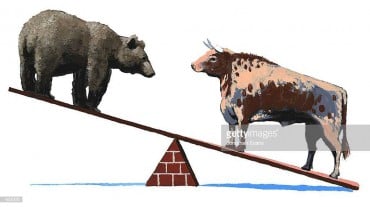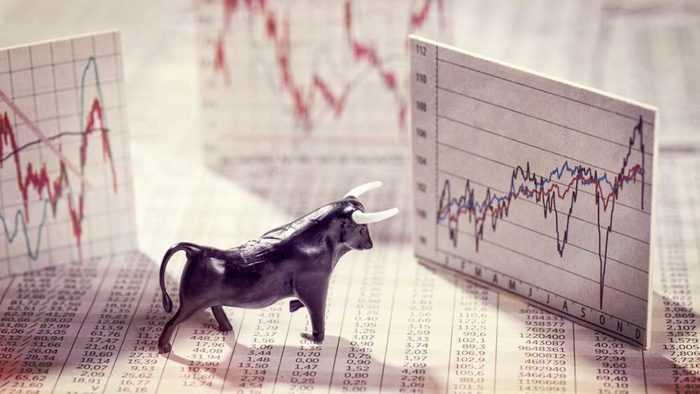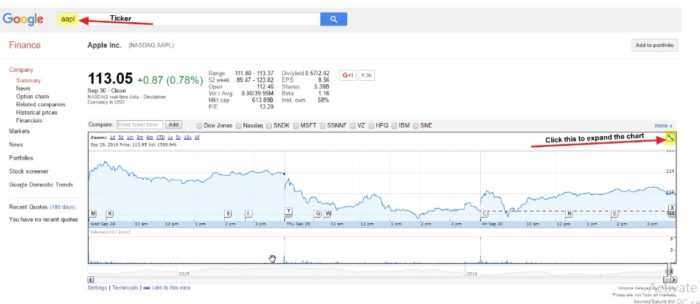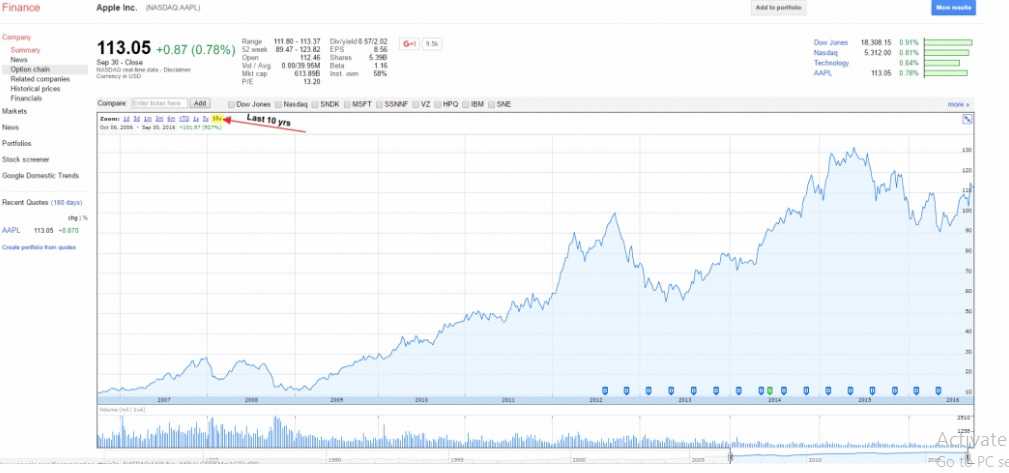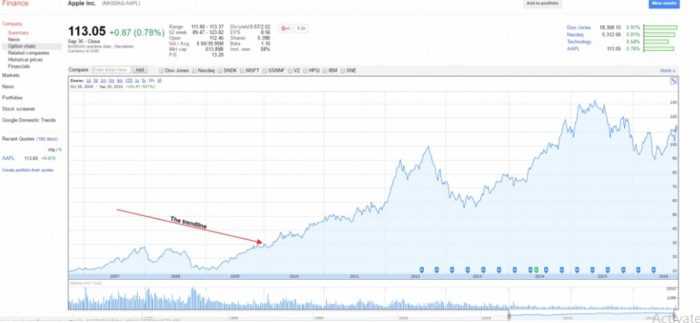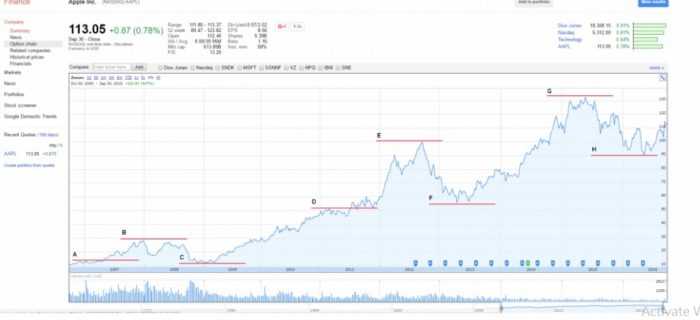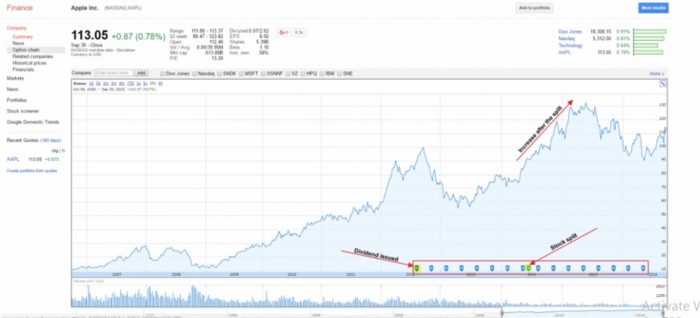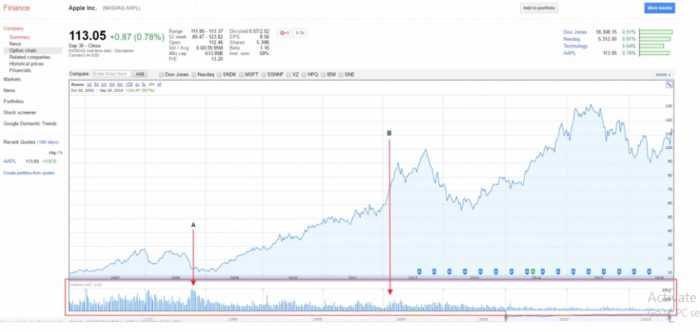
To find a stock worth buying several parameters should be estimated and examined. Here is what really matters.
By Guy Avtalyon
If you want to know how to find a stock worth trading, think about the stock’s valuation, strategy, plans for diversification, and your appetite for risk.
The first consideration on how to find a stock worth trading should be the company’s earnings. Profitability is important because when you buy a stock, you’re buying a part of the company. Calculate its P/E ratio, just divide the share price by a company’s annual net income.
For example, if a stock trades at $30 and has an annual net income of $3 the P/E ratio is 10. The general rule of thumb: if the stock’s P/E ratio is higher than the broader market P/E, it is considered expensive and vice versa.
But the P/E ratio isn’t a perfect measure. For example, a small, fast-growing company may have an extremely high P/E ratio but earnings are poor while the stock price can be high. You have to gauge if there is any potential for strong growth and if there is, such stock may not seem expensive.
So, look for trends in a company’s earnings growth. Find do the earnings regularly increase. If you have a confirmation for that, get it as a good indication that the company is operating well. There is no need for an incredible increase, even a small increase can be an indicator of a positive outlook, but only if it is consistent over a long time.
Volatility matters
The volatility in the stock market is natural. The companies are losing value in the markets from time to time but also could increase the value. Every trade you make in the stock market is actually kind of betting on the market direction, on the volatility, or both.
For stocks trading, volatility is good for the long term because you have to make a profit. And you can do that only if the stock price fluctuates. If you really want to find a stock worth trading, seek the high volatile stocks.
If the stock has a high volatility the value could be spread over a large span of values. This means the price of the stock could fluctuate drastically in a short time, which is ideal for fast-moving trading. Contrary, if the volatility is low, the stock’s price will stay almost steady which offers fewer chances for a quick profit.
Beta as a measure of volatility
Use beta as a measure to unveil how volatile the particular stock is.
The beta can predict the total volatility of a stock’s returns against the returns of a related benchmark, for example, the S&P 500. If you find that beta value is, let’s say 1,3 that means the stock price moved about 130% for each 100% in the related benchmark index. Hence, if the beta value is 0.6 that would mean that stock has moved just 60% for each 100% in the related benchmark.
Trade volume matters
Volume is the total number of shares traded in a market during a particular period. Each transaction adds to the total volume. For example, if during one trading day there are 100 transactions, the trade volume for that day would be 100. How to find a stock worth trading when using trade volume? Volume works as a great indicator that adds weight to the market move. For example, if some sudden spike appears, the strength of that movement depends on the volume during the time observed.
When picking a stock worth trading, pay attention to how great is volume. The greater volume, the more important the move is.
How to find a stock worth trading?
So finding a stock worth trading is a matter of combing for stock with large volume, a current spike in volume, and a beta higher than 1.0. The stock that lacks these elements will be very difficult to trade successfully.
The way you use these factors will affect your possible profit. The trading style depends on your trading strategies. You have to find a stock whose price changes to profit from that fluctuation. It is impossible to profit from trading stocks if there are no changes in price. Also, the same comes if the volume is low. The low volume shows a lack of buyers and sellers. How to profit from that?
Stock Price
You may consider the stock price. Some companies could distribute additional shares and increase the number of available shares but lower the price per share in the market. Some will never do that. It is considered better for investors because such stock could rise more in price and worth more after some time. Anyway, the stock price will show you how many shares of a particular stock you can buy for the capital you have. Pay attention to stock price historical performances. That will give you a clue how the stock is possible to play in the future and is your chosen stock worth buying.
But active traders will prefer, for example, stocks in play but they’ll need to carefully watch the news because such stocks are not the same every day.
How to find a stock in play worth trading?
These stocks are suitable for day traders because they are changing dramatically sometimes during the trading day. Also, they carry enough volatility to generate favorable risk and reward trading ratios.
Day traders will normally look for stocks that have big price changes during the one trading day. These stocks are not a good choice for investors with a long time investment horizon.
Active traders expect more action. They exit the trade much before the end of the trading day, sometimes a few minutes after they enter the trade. These trending stocks can be found on many broker’s trading platforms. There you’ll find stock worth trading.
Bottom line
Trading, even if it is considered as a risky strategy, can be highly profitable. Of course, if you know how to find stock worth trading. As we mentioned above, pay attention to trading volume, volatility, liquidity, and price. All of these criteria together will help you to find the stock worth trading.




